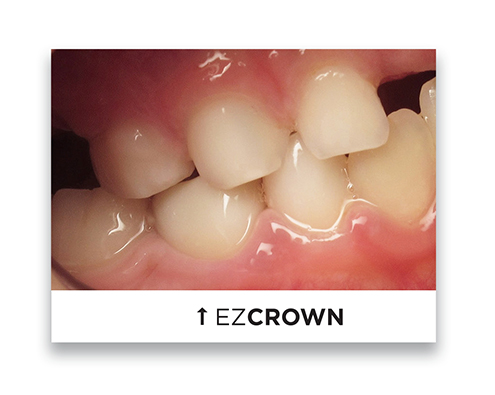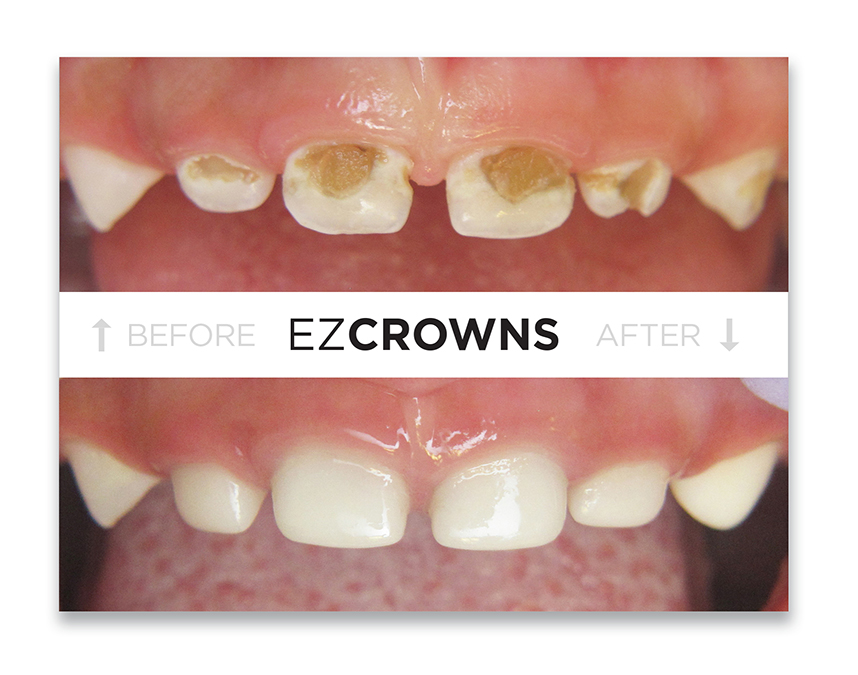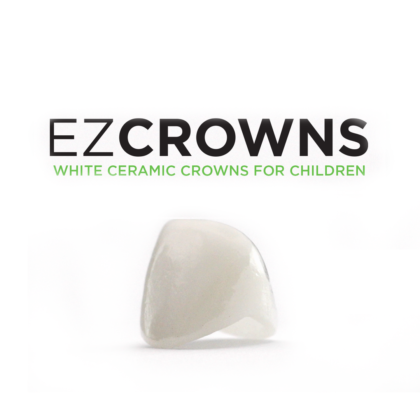Restorative dentistry can help to preserve a child’s primary teeth when they are severely damaged by extensive tooth decay or facial trauma. In some cases, it may even be necessary to save a baby tooth from being lost prematurely.
Dental crowns are the most common restoration placed on teeth in such instances. These tooth-shaped caps cover the entire surface of the tooth and can restore structural damage caused by sizeable cavities or when the teeth sustain trauma.
To learn more about the benefits of restorative dentistry and when these treatments may be appropriate for your child, call our office or schedule a consultation for your child. We want to do everything possible to restore a healthy smile for your child.



